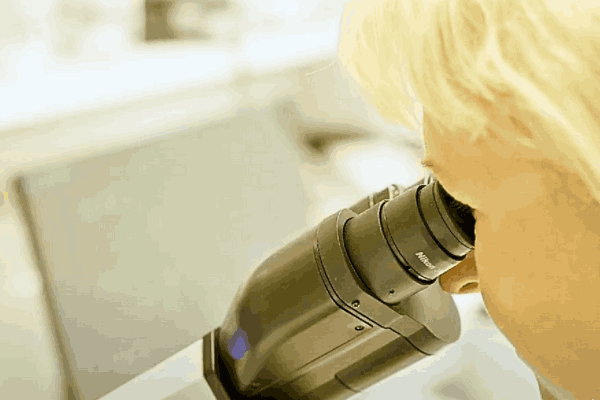The Breakthrough
Gene Therapy is making significant strides in treating severe Brain Disorders. Additionally, researchers from the Broad Institute of MIT and Harvard have engineered a Gene-Delivery Vehicle using an Adeno-Associated Virus (AAV) that can efficiently cross the Blood-Brain Barrier. This innovation could revolutionize treatments for Genetic Brain Disorders, which currently have limited options.
New Gene Therapy Shows Promise
In a recent study, the team created an AAV that binds to the human Transferrin Receptor, a protein highly expressed in the Blood-Brain Barrier. This engineered AAV has shown great potential in humanized mice, delivering Therapeutic Genes to the Brain at much higher levels than existing FDA-Approved AAVs.
Consequently, this breakthrough opens doors for treating conditions like Gaucher’s Disease, Parkinson’s Disease, and other Neurodevelopmental and Neurodegenerative Disorders.
A Game Changer
The ability of this new AAV to target the human Transferrin Receptor means it can deliver genes more effectively across the Blood-Brain Barrier. Consequently, this has significant implications for diseases like Rett Syndrome, SHANK3 Deficiency, Huntington’s Disease, and ALS.
By reaching a large fraction of Brain Cells, including Neurons and Astrocytes, this Gene Therapy could offer new hope for many patients.
Advancements in Gene Therapy Techniques
At the American Society of Gene and Cell Therapy (ASGCT) meeting, Beverly Davidson, PhD, highlighted the progress in identifying AAVs for Brain Therapies. Her team’s work focuses on both Recessive and Dominant Diseases, aiming to refine Genetic Cargo Delivery.
They have developed AAVs that can reach the Brain and Spinal Cord in nonhuman primates, showing low off-target transduction and improved survival rates in animal models.
Innovative Approaches to Gene Therapy
Davidson’s Team has been pioneering in their approach, developing Capsid Libraries and using them to target specific Brain Regions. Their work on Huntington’s Disease, for example, involves targeting the Basal Ganglia and connected Cortical Structures.
By hitting the right neurons, such as Medium Spiny Neurons, they have achieved impressive results in nonhuman primates.
Future Prospects for Gene Therapy
The potential of Gene Therapy to treat whole-brain diseases like Prion Disease and other Genetic Disorders is vast. Moreover, researchers like Sonia Vallabh and Eric Minikel are optimistic about the systemic delivery and broad biodistribution capabilities of the new AAVs.
With ongoing development, these therapies could significantly improve Gene-Delivery Efficiency, reduce Liver Accumulation, and avoid Antibody Inactivation in patients.
Conclusion
Gene Therapy is on the brink of transforming the treatment landscape for Brain Diseases. The advancements in AAV Technology and delivery methods offer new hope for patients with Genetic Brain Disorders. As researchers continue to refine these therapies, the future looks promising for those suffering from conditions previously thought untreatable.
Also Read : Walmarts’ Wellness Day Offers




